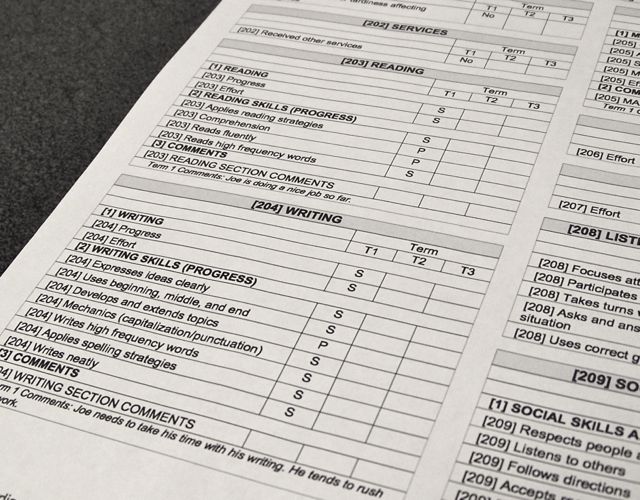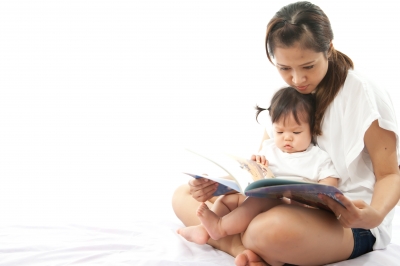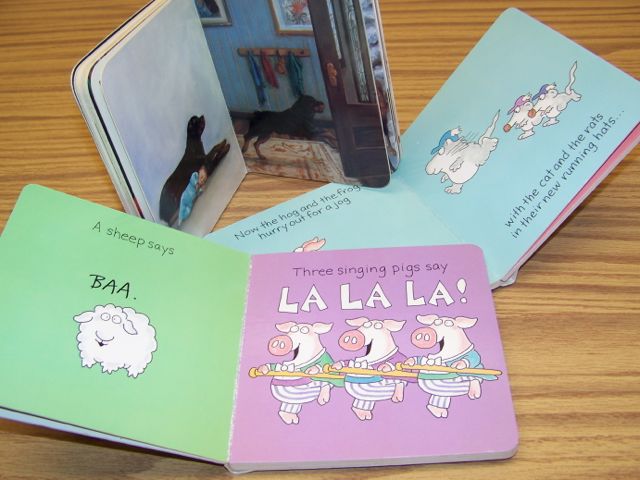
Keep a Copy of Final Report Cards
March 28, 2014
Parenting a Beginning Reader: Learning How Books Work
April 9, 2014





When their children begin to learn to read, parents want to know what they can do to help them build the literacy skills they will need for success in school. But raising a competent reader can start much earlier. Children establish their relationship with books well before they are ready to read.
Babies as young as six months enjoy playing with cloth books, especially those with bright colors, textures, flaps, pockets and crinkly sounds to explore. No, they don’t understand them as books yet, but when they do, they’ll have happy memories of sensory discovery. A few of the many cloth books that are popular with children include Fuzzy Bee by Roger Priddy, Rainbow Fish Gift of Sharing by Marcus Pfister, and Lamaze Peek a Boo Forest by Tomy.
Board books are perfect for older babies and young toddlers. The chunky little books are easily held in small hands, and pages are easy to turn. More durable than books with paper pages, board books can withstand the kinds of abuse a toddler might inflict, and offer an important connection with literacy before a child is old enough to handle paper books. Pat the Bunny by Dorothy Kunhardt is a favorite with children, as is The Very Hungry Caterpillar by Eric Carle, and any of the engaging board books by Sandra Boynton.
When children are old enough to handle them carefully, picture books provide a next step in literacy, but of course they can be read to children of any age – even babies. Words aren’t necessary – entire stories can be told in pictures alone. “Reading” a wordless book gives children a sense of mastery and competence, and offers a rich, interactive experience. Some great wordless books include Harold and the Purple Crayon by Crockett Johnson, Flotsam by David Wiesner, Good Dog, Carl by Alexandra Day and The Lion and the Mouse by Jerry Pinkney.
In my next blog, I’ll talk about how children learn how books work.